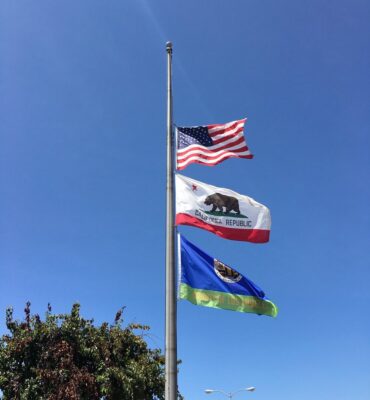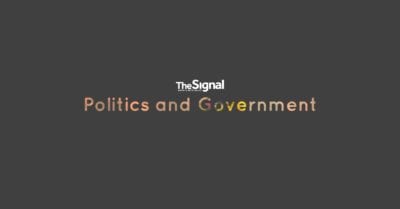In the spring semester of 1972, I was a college sophomore who had just changed my major to accounting. As part of that change, I took my first economics course. The subject was macroeconomics, which is the study of the overall economy.
The course covered the role of the Fed in setting economic policy, including the interaction between President Richard Nixon and Fed Chief Arthur Burns. We learned that the Fed was supposed to be independent of political bias, but Nixon had pressured Burns to lower interest rates to stimulate the economy to enhance Nixon’s re-election chances in 1972.
When Nixon took office, he inherited an economy that was experiencing increased inflation. To combat inflationary pressures, during 1969, the Fed increased interest rates and Congress passed a massive tax bill that modestly increased taxes. Not surprisingly, because of those contractionary economic policies, the U.S. economy was in a recession by the end of 1969.
When Arthur Burns became Fed chair in early 1970, The Fed Funds Overnight Rate was nearly 9%. (By comparison, the Fed Funds Overnight Rate is currently 4.33%.) The Nixon tapes document that both Nixon and Office of Management and Budget Director George Schultz pressured Burns to reduce interest rates and pursue expansionary monetary policies. By Jan. 1, 1972, the Fed Funds Overnight Rate was cut to 4.05%.
As a result, the economy grew by 7.7% in 1972, which probably helped Nixon get re-elected. However, the following year, inflationary consequences of this action manifested themselves and continued for the remainder of the decade.
By the time I was taking advanced economics courses in 1974, my professors were complaining about “Arthur Burns inflation.”
As inflation increased, the 10-year Treasury rate rose commensurately, causing collateral issues in the capital and housing markets. Today Burns is reviled as one of the worst Fed chairs — largely because he gave into political pressure and ushered in an era of inflation.
Burns stepped down as Fed chair in 1978 and since then presidents have generally not meddled in the Fed’s business — until now.
Congress recently passed the One Big Beautiful Bill Act (“OBBBA”) which contains numerous tax cuts and spending changes that are expected to increase the deficit by at least $3.4 trillion over the next 10 years. OBBBA was passed with tariffs as a backdrop.
Unless the courts limit the president’s ability to impose them, tariffs are expected to increase government tax collections by $200-$400 billion annually, which are supposed to offset the deficits created by OBBBA.
Because there is no historical precedent for present-day tariffs during a period of considerable economic uncertainty due to other factors, the Fed under Jerome Powell has decided to leave interest rates steady for the ensuing short term. The Fed does not want to repeat Arthur Burns’ mistakes.
The current economy is experiencing official inflation rates between 2% and 3% and unemployment rates are relatively low. The Fed believes that this relative economic stability does not warrant significant rate cuts or sudden changes in monetary policy.
The existing Fed governors have indicated that gradual downward movement of interest rates by 1.25%-1.5% to somewhere around 3% may be prudent, but they want to move slowly due to economic uncertainties around tariffs.
However, several key economic advisors in the Trump administration, including Treasury Secretary Scott Bessent and Kevin Hassett, have repeatedly criticized the Fed for not reducing interest rates.
Both are potential successors to Jerome Powell, whose term ends next May. Both would like to see a significant drop in interest rates. Trump himself recently posted on Truth Social that he would like to see a 3% rate cut, which would reduce the Fed Funds Overnight Rate from about 4.3% to only 1.3%.
Trump’s advisors seek rapid economic growth to increase the tax base, which will ostensibly reduce the deficit and the rate by which the national debt increases. This is not too dissimilar from what Nixon sought in 1971.
In the Nixon/Burns scenario, there was robust short-term growth, but it came at the cost of a decade of inflation. Powell seeks to avoid a replay of the 1970s in an environment when tariffs will fan the flames of inflation by increasing the cost of imported goods.
Unlike Nixon who placed subtle pressure on Arthur Burns, Trump is applying significant public pressure on Powell — even suggesting he will fire Powell for cause.
History suggests that, if Powell caves into this pressure, he will undoubtedly take a seat next to Burns in the Fed’s history books.
Jim de Bree is a CPA who resides in Valencia.










